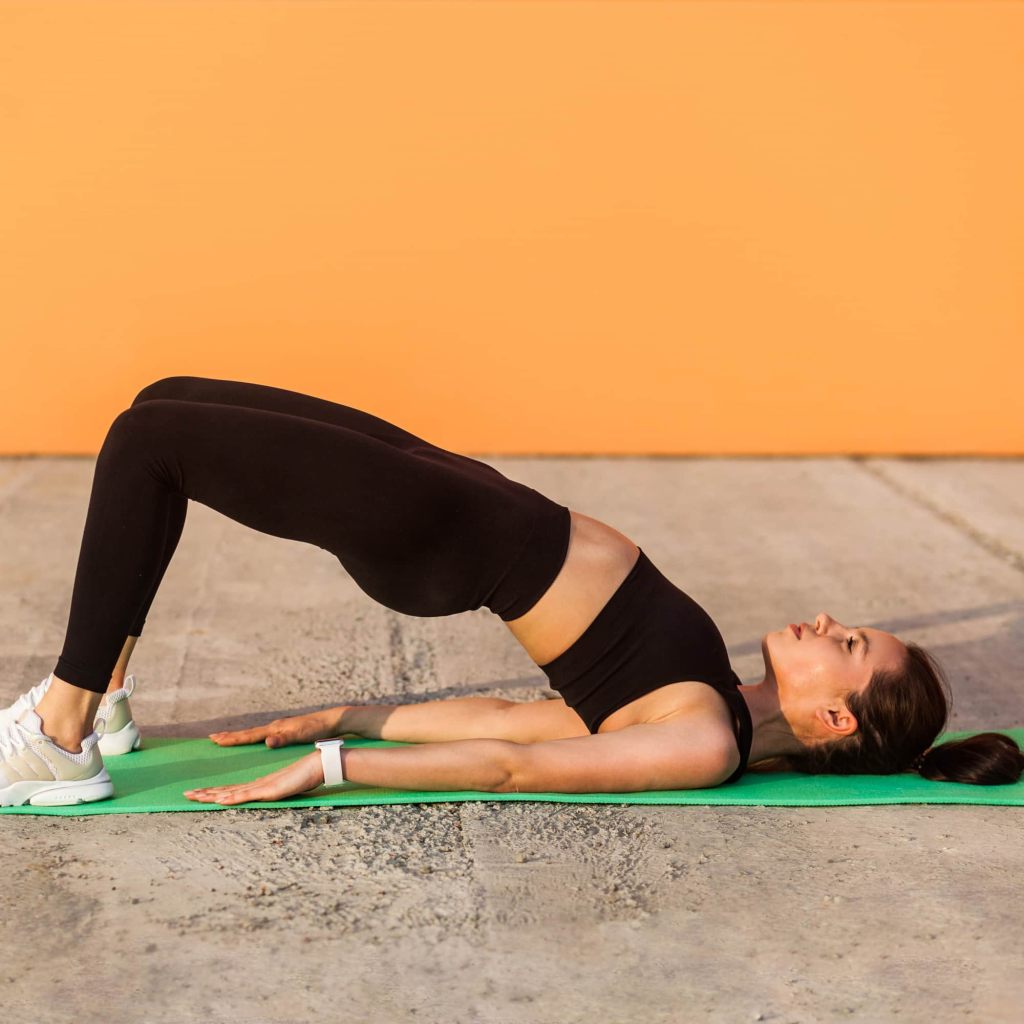You know when you don’t quite understand what someone is trying to tell you, but you politely nod and smile softly in return just to avoid the awkwardness? That’s how I react every time my Pilates instructor says, “Notice here how you’re stretching while strengthening.”
I’ve gone too long pretending I know what this technique means for my body – luckily, I connected with certified Pilates instructor and Speir Pilates teacher Abe Ahern for a long-overdue explanation.
“What Pilates instructors mean is that instead of simply pulling a muscle longer, or using static leverage to stretch, we can use our muscles to increase range of motion and promote balanced muscle development,” he said.
“It’s important to remember that if we just stretch a muscle, all you get is . . . a longer muscle. And even then, it’s frequently only temporary. If the muscle is pulled, it may end up less flexible. On the other hand, if we strengthen and stretch, we have less painful joints, smoother muscle tone, increased strength, and more range of motion.”
Since the general goal of stretching while strengthening is to feel good, smiling and nodding mid-shoulder bridge was the best response to my teacher after all – though she probably didn’t know I needed a translation.
And coincidentally, shoulder bridges happen to be Ahern’s favorite example of stretching while strengthening during mat Pilates.
“Lying on your back with the feet planted and using the arms for support, you use the glute muscles and hamstrings to lift the hips into a bridge. The more active every major muscle in the body can be during a shoulder bridge, the greater stretch you get, especially in those talkative hip flexors.”
Another plus to stretching while strengthening is that it’s just about the best thing you can do to prevent injuries in Pilates, Ahern says. He’s noticed that injuries most commonly occur when his students stretch too far without proper strengthening activation.
“If you’re stretching a hamstring while lying on your back, your core needs to be powerfully drawn down to the spine to hold it still, the back needs to stay strong to ground your hips, and the thigh muscles need to project length through the stabilized knee down to the toes. Everything should be turned on. Soft is for when we’re finished.”
It feels really good to be up to speed now, and I’m sure my body will agree as I flex my way through my upcoming virtual Pilates session.
Click here for more health and wellness stories, tips, and news.

